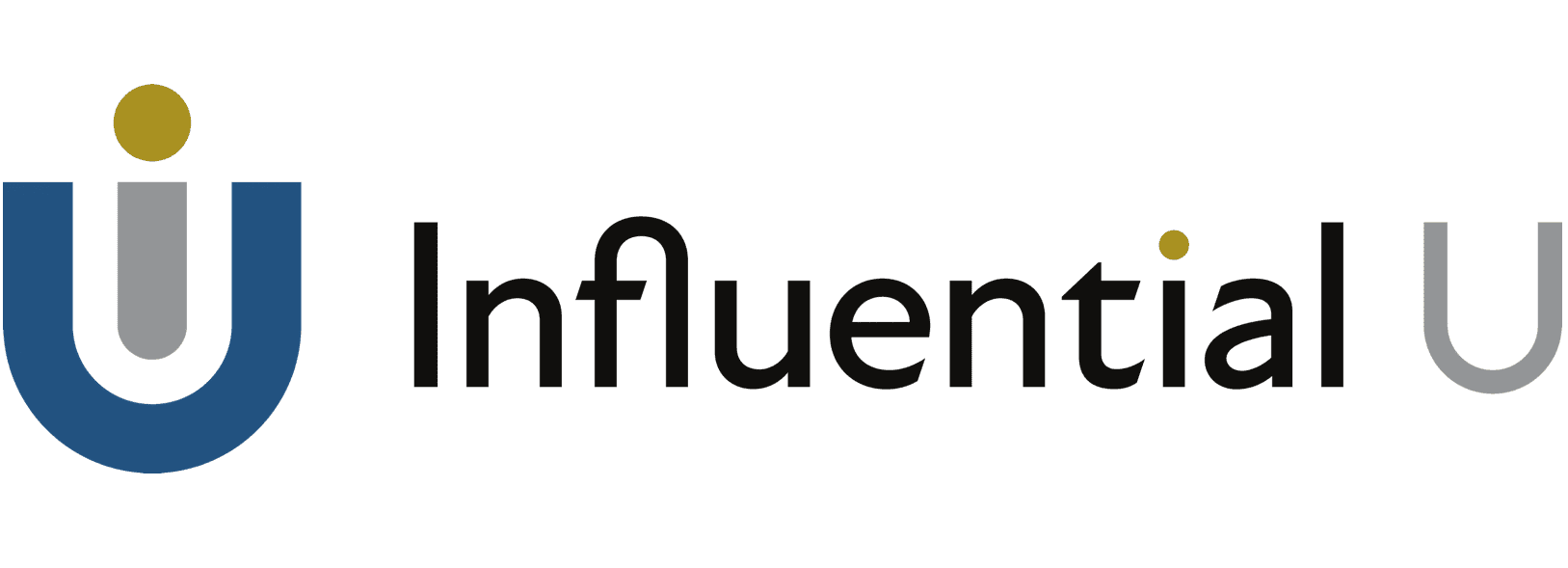How Startups Uncover Problems Worth Solving
Startup success often hinges on identifying and solving problems others haven’t yet recognized. Some of the most groundbreaking innovations emerge not from market research but from the lived experiences of those at the cutting edge—those we call “lead users.” By adopting the mindset of a lead user, startups can uncover hidden opportunities, innovate ahead of the curve, and ensure their solutions resonate with real-world needs. In a world where the difference between success and failure can hinge on finding the right problem to solve, the power of context cannot be underestimated.
Who Are Lead Users?
Lead users are individuals or organizations that face needs ahead of the general market. They encounter problems that others will eventually experience, but they feel the pain now. Because of their early exposure to these issues, lead users are often the first to come up with solutions. Once refined and brought to market, these solutions can meet the needs of a much broader audience.
An MIT Sloan School of Management professor, Eric von Hippel, popularized the concept of lead user innovation. Von Hippel's research revealed that many significant innovations across various industries were first developed by lead users, not by companies or R&D labs. These users, driven by necessity, innovate in ways that are both practical and ahead of their time.
For entrepreneurs, tapping into this concept can be transformative. By aligning with lead users or becoming one yourself, you can identify substantial breakdowns worth solving long before they hit the mainstream.
But how does this process work, and how can startups use it to their advantage?
A Change in the Context of Use
At the heart of lead user innovation is the idea of a change in the context of use. This means applying existing products, services, or technologies in new, unexpected ways. When lead users begin using something in a novel context, they often discover new problems and, by extension, new opportunities for innovation.
Consider the early days of social media. Platforms like Twitter (now X) and Instagram were not initially designed for the marketing and branding purposes they serve today. However, lead users—often tech-savvy entrepreneurs—began using these platforms to connect with audiences in ways that traditional marketing tools couldn't match. Their early experiments paved the way for the now-standard practice of social media marketing.
Startups can benefit by closely observing how their products are used in different contexts. Are customers finding new applications for your product that you hadn’t considered? Are they experiencing frustrations that indicate unmet needs?
By paying attention to these changes in context, you can uncover problems worth solving—problems that, once addressed, can lead to significant market opportunities.
“Articulate Solutions to Substantial Breakdowns in Specific Ecologies”
To fully leverage the power of lead user innovation, it’s essential to focus on a critical step in the innovation process: Articulating Solutions to Substantial Breakdowns in Specific Ecologies. This method is Influential U’s Step Six of Thirteen, a step paramount to building potent marketplace offers.
In this context, ecology refers to the whole, interconnected environment in which a product or service is used. More precisely, a "Specific Ecology" is a demographic that shares a similar breakdown, is large enough to meet your market aims, but most importantly (and what most get wrong), is small enough to reach with the lowest use of your limited resources.
These ecologies present fertile ground for innovation because they embody concentrated areas of need where traditional solutions fall short.
For startups, identifying these breakdowns is crucial to finding problems worth solving. However, simply spotting an issue isn’t enough; you must articulate a solution that integrates seamlessly within the ecology. This approach requires a deep understanding of the environment where the problem occurs, the needs of the users, and the key influencers who can help drive quick adoption.
For example, consider the development of Slack, the popular communication platform. The substantial breakdown occurred in the way teams communicated within fast-paced tech environments. The existing tools—email, project management software, and instant messaging—were fragmented and inefficient, causing delays and miscommunications in specific ecologies like software development teams. Often spread across different locations and time zones, these teams needed a solution that allowed seamless, real-time collaboration without the clutter of traditional communication methods.
By identifying this specific ecology of tech teams, Slack's founders articulated a solution that directly addressed their needs. Slack integrated the various communication tools into one platform, making it easier for teams to share information, track progress, and collaborate in real time.
The product's success was driven by its precise fit within the ecology of tech teams. While initially a niche market, this was large enough to drive substantial adoption but small enough to target effectively with limited resources.
As a result, Slack quickly became an indispensable tool, not only in tech but across a wide range of industries. It illustrates how a well-articulated solution to a specific breakdown can achieve market fit and scale.
Identifying Market Fit through Lead User Innovation
Once a substantial breakdown has been identified and a solution articulated, the next step is ensuring market fit. This is where lead user innovation truly shines. Because lead users are at the forefront of experiencing problems, their solutions often naturally align with market needs—especially as those needs become more widespread.
However, ensuring market fit requires more than just a good idea; it requires iteration, feedback, and a willingness to pivot. Startups should engage closely with lead users during the development process, testing and refining solutions to ensure they truly meet the needs of the broader market.
A classic example of this is the development of the mountain bike. In the 1970s, a group of cyclists in California, frustrated by the limitations of traditional road bikes on rough terrain, began modifying their bikes for off-road use. These lead users didn’t wait for the bicycle industry to solve their problem; they built their own solutions. As the popularity of these modified bikes grew, manufacturers took notice and began producing mountain bikes for the mass market. Today, mountain biking is a global industry, all because a few lead users identified a problem and created a solution that fit a burgeoning market.
Conclusion: Becoming a Lead User
For startups, the lesson is clear: to find problems worth solving, you need to become a lead user in your own domain. This means pushing the boundaries of how products and services are used, identifying substantial breakdowns within specific ecologies, and articulating solutions that fit seamlessly into the market.
By adopting the mindset of a lead user, startups can uncover hidden opportunities, innovate ahead of the curve, and ensure their solutions resonate with real-world needs. In a world where the difference between success and failure can hinge on finding the right problem to solve, the power of context cannot be underestimated.
Author
John Patterson
Cofounder and CEO
INFLUENTIAL U
John Patterson steers the ship at Influential U, boldly challenging the traditional, often myopic views of success in our hyper-individualistic era. He isn’t afraid to poke fun at the archaic obsession with attributing every win or loss to single actors, calling out the industry’s penchant for oversimplified 'transactional' comprehension. Leading a crack team dedicated to innovating businesses and business ecosystems, John is all about integrating the personal with the whole system—because, let’s face it, no one wins alone.



